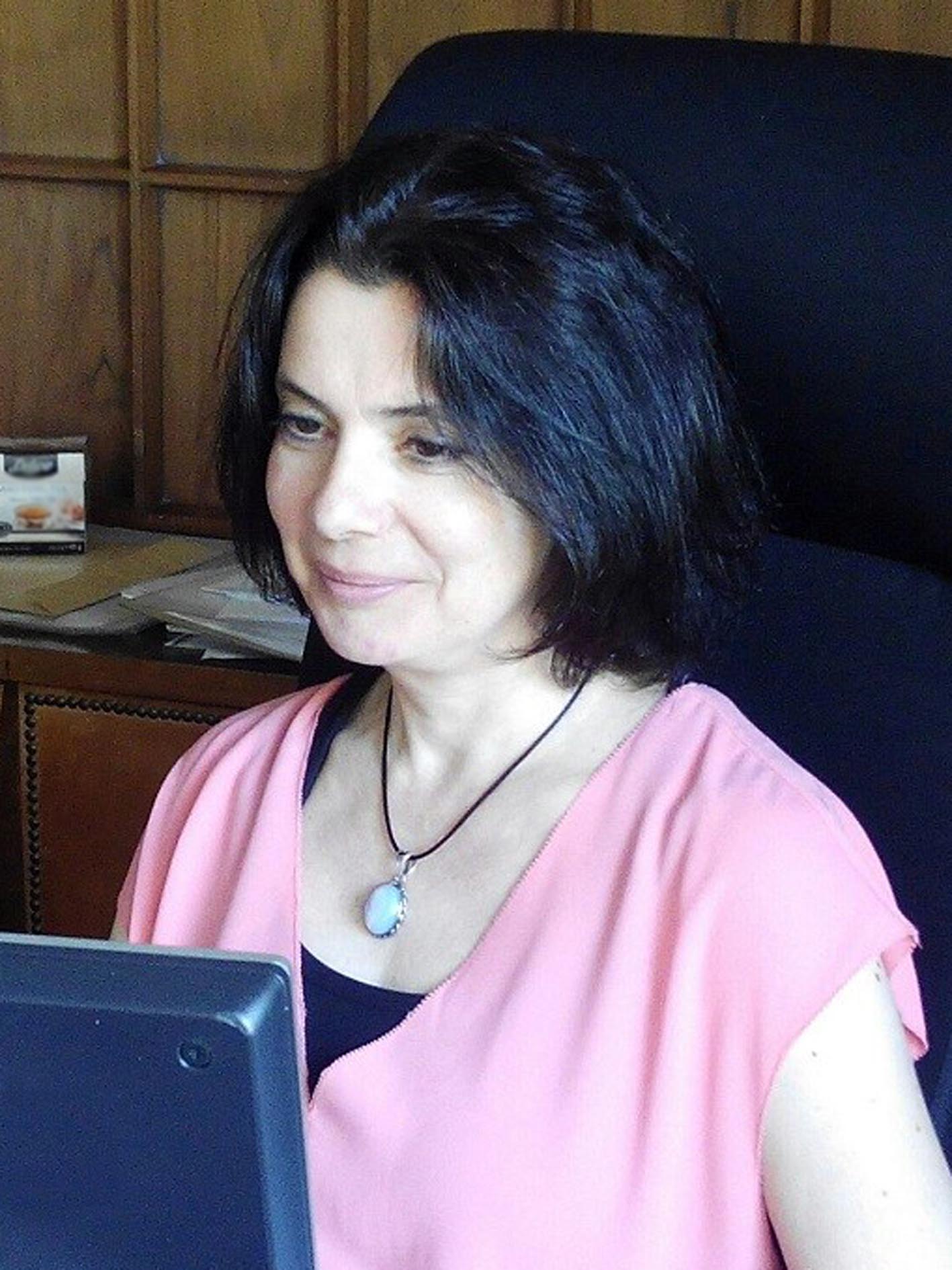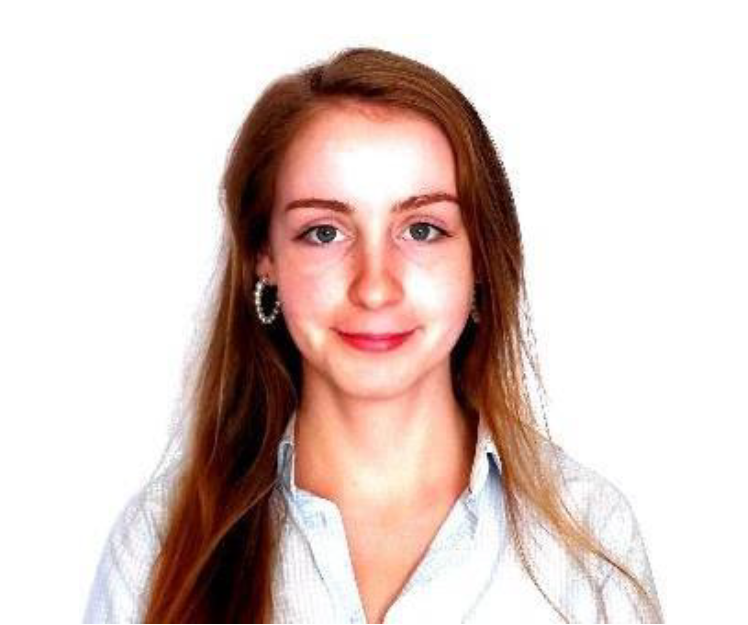Mission
The global objective of the ISCMA research Group is the excellence in the generation of knowledge and technology that allows to put in positive and/or to minimize the negative impacts of the construction, in each one of the stages of the cycle of life, on the environment and the people, integrating the achievements reached in the global scope of the evaluation and criteria of acceptance of the management of the structures. In relation to this objective, the ISCMA aspires to be an international reference with real impact of the technology developed in the Spanish, European and world society.
To meet this objective, ISCMA carries out fundamental and applied research, as well as activity in European and national standardisation committees, in relation to various areas within the world of civil engineering, construction and the environment. Thus, it is worth mentioning 3 important lines of action of the ISCMA Group whose work covers, to a greater or lesser extent, the three main pillars on which the concept of sustainability is based. Within each one of them, the tools for the evaluation of the innovation and improvement of the technology achieved, by performance criteria, are also developed.
- New construction materials: Design, development, functionalization and durability assessment.
- Environmental impact: Extension of the useful life of structures, waste management and decontamination.
- Improvement of Quality of Life: Quality of indoor environment and heterogeneous photocatalysis in construction.
Given the multidisciplinary nature of the Group, the work is approached at various scales and from various fields of expertise, from the generation of innovative ideas to developments, from nanotechnology to prototypes and standards, making use of the most advanced technologies available in the treatment of complex processes, such as neutron diffraction and/or synchrotron radiation, NRRA, IBA, electrochemical techniques or advanced mechanochemical-physical techniques.
Staff
Research Lines
Based on the three fundamental objectives mentioned, the lines of research in which the ISCMA Group has made original contributions that are internationally recognized are:
New construction materials: Design, development, functionalization and durability assessment
Within this field the research lines are focused on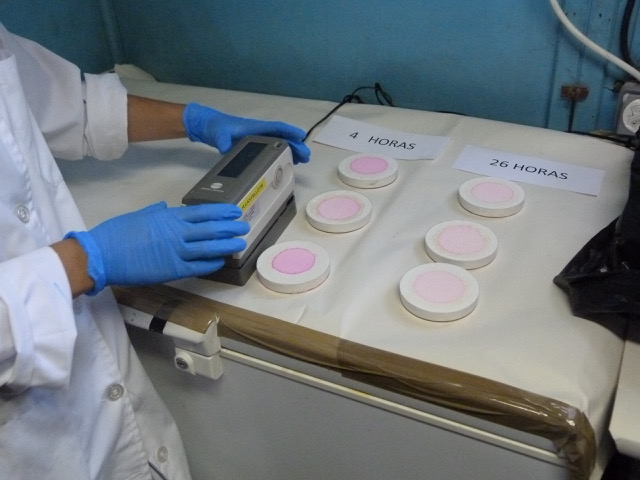
- Design of new photocatalytic materials
- The accelerated simulation of the degradation of building materials
- Application of Advanced Techniques to the study of construction materials:
- In-situ simulation by neutron diffraction or synchrotron radiation of the effects of carbonation on concrete, fire, or accelerated leaching and subsequent quantification of phases by Rietveld Refinement.
- Application of NRRA (Nuclear Resonance Reaction Analysis) for the study of hydrated cement phases and steel embrittlement.
- New methods for the characterization of multifunctional materials: Gas emission spectroscopy under mechanical effect, tribo-emission and tribo-muniscence spectroscopy, Technique of analysis of gas content in materials
Environmental impact: Extension of the useful life of structures, waste management and decontamination
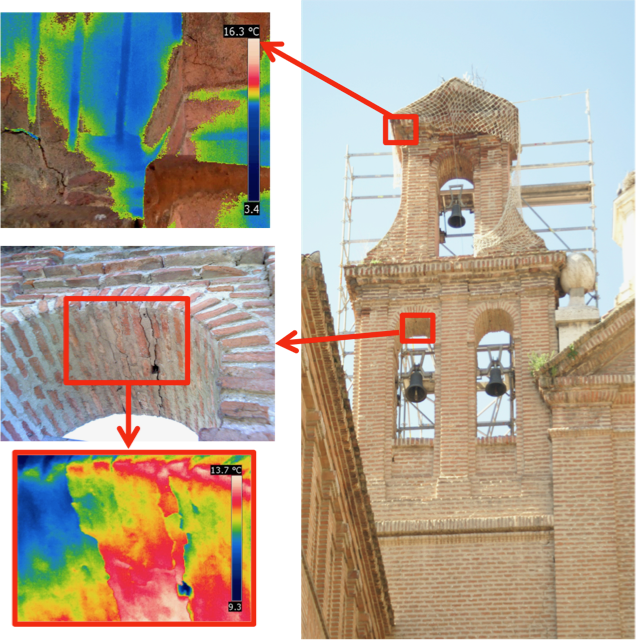
In order to improve the life of the structures, it is necessary not only to carry out proactive maintenance with condition monitoring, but also to study the degradation processes and possible actions to be taken. In the ISCMA Group we study:
- Corrosion and passivation mechanisms of reinforcements.
- Development of new non-destructive electrochemical techniques for the quantification of the corrosion rate. From laboratory study to application in structures.
- Electrical and electrochemical techniques for the characterisation of concrete at an early age.
- Application of non-destructive techniques for the evaluation of structural materials: Civil works, architecture, special nuclear containment structures, historical heritage.
- Advanced techniques for repairing structures damaged by reinforcement corrosion: Electrochemical extraction of chlorides (EEC), Re-alkalisation (RA), Introduction of substances with different properties, such as water-repellent corrosion inhibitors.
- Characterization of ion transport through concrete.
- Development of new accelerated test methods for the determination of chloride ion diffusion coefficients, matrix combining capacity and corrosion limit thresholds.
- Application to species of interest due to their radioactive nature.
- Decontamination of materials and structures contaminated by heavy metals and hydrocarbons.
Within the field of waste management, ISCMA works on the design of construction materials from waste such as dredged sediments and brine rejection from desalination plants.
Improvement of the Quality of Life: Indoor environment quality and heterogeneous photocatalysis in construction
As for the quality of the indoor environment, it is a problem that has been aggravated by the construction of buildings designed to be more airtight and which recycle air with a lower proportion of fresh air from outside in order to increase their energy efficiency. It is now generally accepted that buildings without natural ventilation present a risk of exposure to pollutants.
It is difficult to assess health risks (measurement, tolerance level, exposure time, effects…) in the indoor environment, and the preventive and control work of the installations involved is relevant in order to promote healthy environments.
At ISCMA, research work is carried out to find out about the problem in certain closed spaces, and inspections are also carried out in buildings affected by this type of problem through research contracts and agreements.
On the other hand, heterogeneous photocatalysis is a technology based on the use of a semiconductor material as a catalyst, which is activated by light (UV or visible) to generate redox reactions that can react with different compounds, including different types of contaminants. The application of this technology in construction materials arises as a tool capable of carrying out the decontamination of waste gases and air, on functional surfaces (self-cleaning, anti-fog crystals, etc.) and in medical applications
So far, in construction materials, the most widespread applications are self-cleaning and decontamination capacity (NOx, SOx, NH3, CO and VOCs, pollutants emitted mainly by motor vehicles in urban environments), which enable them to maintain their aesthetic appearance unaltered over time and eliminate trace levels of air pollutants.
There are numerous photocatalytic applications already in use, such as coatings for vertical or horizontal surfaces, building facades, interior walls, street sidewalks, etc. However, being a relatively recent technology, a better knowledge of the photocatalytic phenomenon of these materials could allow to make this new technology more efficient.
In the ISCMA Group, the main lines of work in this field are developed:
- Development, modification and optimization of photocatalysts
- Evaluation of photocatalytic reactivity and efficiency: Study of pollutant degradation mechanisms and parametric analysis; Development of new measurement methods; Testing according to national and international standards
- Measures of on-site effectiveness of materials
- Simulation of photocatalytic processes on a real scale
Facilities and resources
Photocatalysis Laboratory
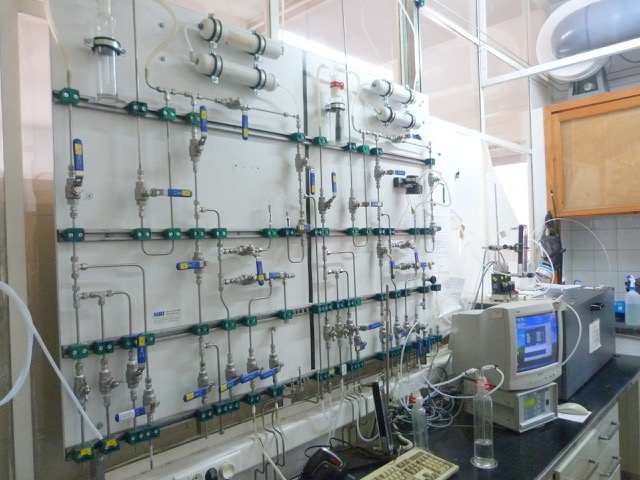
- Premises for carrying out NOx elimination tests by photocatalysis, with grid for gas flow, gas bottles for calibration and tests, mass flow meters (Brooks), regulation and measurement of HR and Tª as well as primary NOx analyser by chemiluminescence.
- Premises for carrying out self-cleaning tests by photocatalysis, and UV-VIS spectrophotometer for colour measurement.
- Premises for carrying out VOC elimination tests by photocatalysis, with network for gas flow, gas bottles for calibration and tests, regulation and measurement of HR and Tª and analyser by means of a photo-ionisation detector.
- Laboratory reactor to carry out degradation tests of gaseous compounds by photocatalysis.
- Other complementary equipment, such as fluorescence spectrophotometer, zeta potential meter, ozone meter, radiation intensity meter, luminescence editors and different lamps that emit at different wavelengths.
- Traditional chemistry, for preparation of solutions, synthesis reactions, qualitative and quantitative assessments, …
Durability Lab
- Decontamination devices.
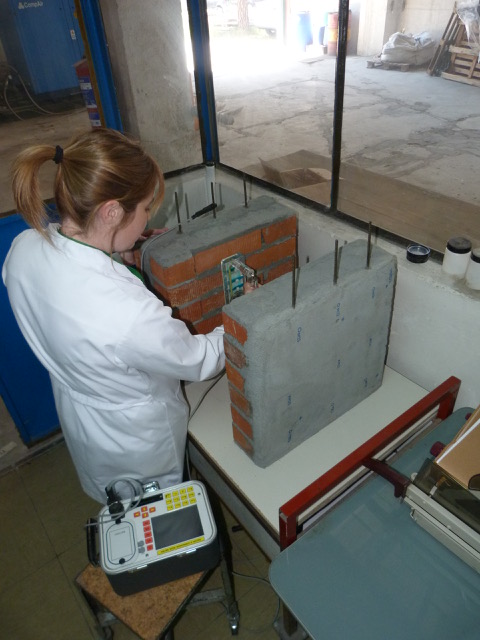
- Devices and equipment for carrying out different durability tests on steel and concrete: corrosion, diffusion coefficients and transport of species through the concrete, freeze-thaw, leaching, resistivity, …
- Potentiostats – galvanostats and frequency response analysers (FRA) for the evaluation by electrochemical techniques, both in direct and alternating current, of parameters related to the durability of materials and fibre-concrete interaction.
- Portable Corrosion metering devices
- Current sources and data acquisition systems for accelerated material degradation
- Tri-des system: Ultra-high vacuum mechanical effect gas emission spectrometry
